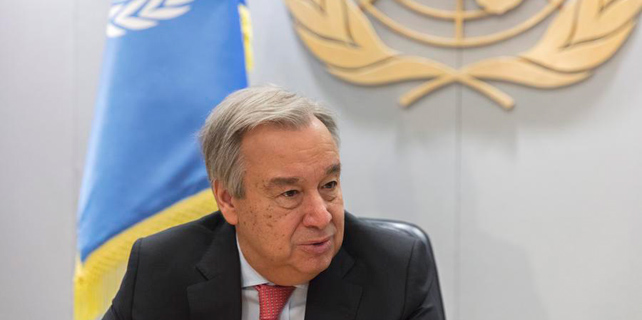Dual land and sea crossings gives initiative major advantage
Connectivity provides strong momentum to economic globalization by linking various economic players, markets, institutions and states in a mutually beneficial web. Based on this vision, the Belt and Road (B&R) Initiative has the potential to be a powerful initiative for accelerating globalization.
The geography of the B&R Initiative is its core strength. It covers three continents – Asia, Africa and Europe – crossing land and sea. The most substantive part of the B&R initiative is in Asia. Within Asia, it includes the vast terrains of East, Southeast, South, Middle East and Central Asia. East and Southeast Europe become part of the B&R initiative as contiguous landmasses.
Similarly, a part of West Africa also comes into the B&R initiative through its geographical connection with the Middle East. By pulling in these vast stretches of geographies by land and sea, the B&R initiative gathers a club of heterogeneous economies in different stages of economic development. These include some of the world’s largest economies, notably China, Russia and India, along with economies that are rich in natural, particularly mineral resources. These economies are also among some of the most populous in the world, such as China, India, Indonesia, Pakistan, Bangladesh, Iran and Vietnam.
To sum up, the B&R Initiative comprises a group of mostly natural and human resources from large emerging market countries that are capable of generating extensive growth linkages between each other. Many of these countries suffer from the geographical handicap of being land-locked, constraining their ability to enter the global maritime traffic. This handicap can be overcome by expanding capacities to trade across land boundaries and also by connecting to feeder routes that provide access to the sea. The B&R initiative is unique in this aspect of dual connectivity as it combines capacity through both land and sea.
The fairly enthusiastic response to the B&R Initiative is due to the bright economic prospects that most of the countries and regions around it visualize. There are, however, a couple of important challenges that the initiative needs to overcome to fully realize its potential. These relate to projects in the B&R Initiative and the geopolitical character of the initiative. The Belt and Road Forum for International Cooperation (BRF) should discuss these issues.
It is not yet clear what will be the various infrastructure projects in the B&R Initiative. The transport corridors have been spelt out with respect to the regions and countries they would connect. But as corridor experiences around the world show, cross-border connectivity can be beneficial only if growth of new capacities is combined with operational efficiencies. Roads connecting countries, for example, would not be used frequently unless efficient transit arrangements for movement of people and goods are worked out by the countries with the roads.
Sometimes, efficiency comes down to settling basic issues like providing dual registration numbers for vehicles carrying goods back and forth across borders. These issues, while appearing simple, can take years to work out since they involve coordination between transport authorities at the sub-national and sub-provincial levels in border areas. The B&R Initiative must take note of these issues along with the importance of ensuring easy entry and exit permits and quick customs inspection checks.
The key problem in this regard could be the unfamiliarity of many countries with customs processes and invoices given their low volumes of trade and lesser integration with the world economy. There is also the often overlooked issue of uniformity in customs rules and practices, including languages, which could be different among authorities across borders. All these operational issues increase trade costs and discourage businesses from making use of new infrastructure. China and the rest of the countries must be mindful of these problems. It is important to use a forum like the BRF for reflecting on these.
The other problem that the B&R Initiative has to overcome is the issue connected with its geopolitical character. It must emerge as a project that is not focused only on China’s strategic interests, but as a project that aims for greater regional and global economic benefits. One way of achieving this is to ensure that most new investment projects are developed as balanced joint ventures between Chinese companies and their local partners. These partnerships will send positive signals to other national governments about China’s positive intentions. Otherwise, some countries might hesitate to commit to the project if they feel it will serve only business interests of Chinese companies. Collaborative projects will also ensure the B&R Initiative is identified primarily as an economic connectivity initiative and not as a geopolitical venture.
The author is a senior research fellow at the Institute of South Asian Studies at the National University of Singapore.
















